Can you put 20x20 tile on the walls?
ljalter
14 years ago
Featured Answer
Sort by:Oldest
Comments (13)
barthelemy
14 years agobill_vincent
14 years agoRelated Professionals
Leicester Kitchen & Bathroom Designers · Apex Kitchen & Bathroom Remodelers · Glendale Kitchen & Bathroom Remodelers · Hickory Kitchen & Bathroom Remodelers · Miami Glass & Shower Door Dealers · Niles Glass & Shower Door Dealers · East Saint Louis Cabinets & Cabinetry · Glendale Heights Cabinets & Cabinetry · Jeffersontown Cabinets & Cabinetry · Lackawanna Cabinets & Cabinetry · Newcastle Cabinets & Cabinetry · North Massapequa Cabinets & Cabinetry · Potomac Cabinets & Cabinetry · Ridgefield Cabinets & Cabinetry · San Rafael Window Treatmentsljalter
14 years agobarthelemy
14 years agobill_vincent
14 years agoljalter
14 years agodowntowner
14 years agobarthelemy
14 years agojanealexa
12 years ago1957pinkharley
11 years agoMongoCT
11 years agoUser
11 years ago
Related Stories
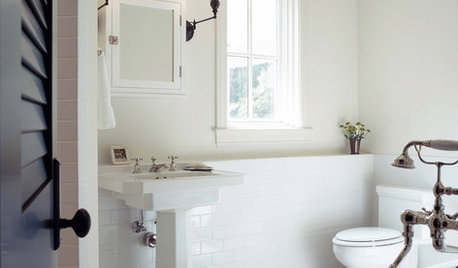
BATHROOM DESIGNSubway Tile Wainscoting Puts Bathrooms on the Right Track
It repels water. It looks clean. It works with many architectural styles. Looks like bathrooms have a ticket to a no-brainer
Full Story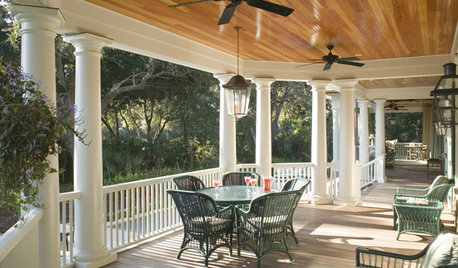
FLOORSLive Boldly: Put the Floor on the Ceiling
See what a ceiling of beautiful wood, brick or tile can do for a room
Full Story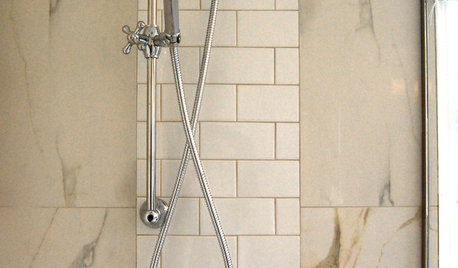
REMODELING GUIDES9 Ways Grout–Yes, Grout–Can Add to Your Design
Choose From a Palette of Grout Colors for a Warm, Unified Look
Full Story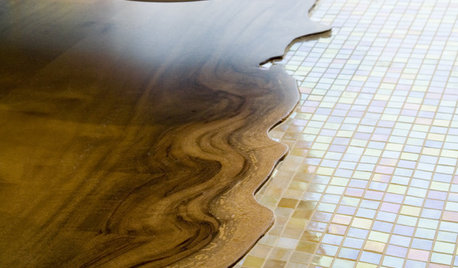
REMODELING GUIDES20 Great Examples of Transitions in Flooring
Wood in One Room, Tile or Stone in Another? Here's How to Make Them Work Together
Full Story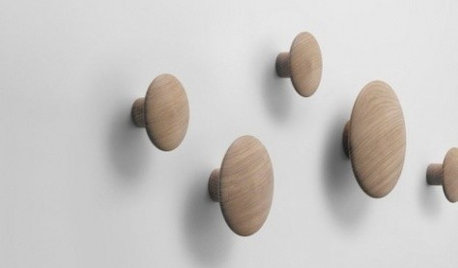
PRODUCT PICKSGuest Picks: 20 Delightfully Inventive Wall Hooks and Coatracks
Limit drips and drops to a mudroom or entryway with these creative hooks and hangers for coats, hats and more
Full Story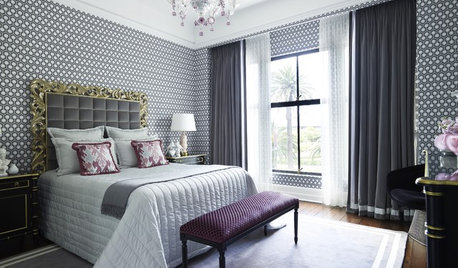
WALL TREATMENTSSource List: 20 Wallpapers That Make the Room
Find out where to get the wallpaper that makes the difference in these popular interiors
Full Story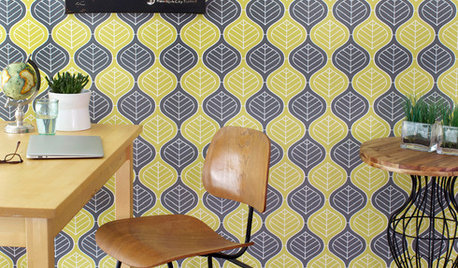
WALL TREATMENTSCan't Find the Right Wallpaper? Make Your Own
For one-of-a-kind walls, just use your imagination. Custom wallpaper is easier and less expensive than you might expect
Full Story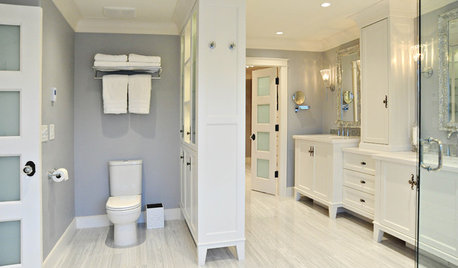
BATHROOM DESIGNBath Remodeling: So, Where to Put the Toilet?
There's a lot to consider: paneling, baseboards, shower door. Before you install the toilet, get situated with these tips
Full Story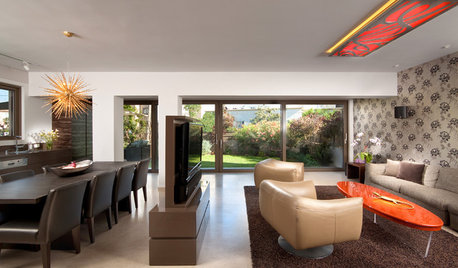
MORE ROOMSWhere to Put the TV When the Wall Won't Work
See the 3 Things You'll Need to Float Your TV Away From the Wall
Full Story
ART8 Ways Vermeer’s Work Can Make Its Mark in Your Home
Go Dutch with stained glass, Oriental rugs, checkered floors and delft tile
Full StoryMore Discussions







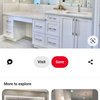


pharaoh